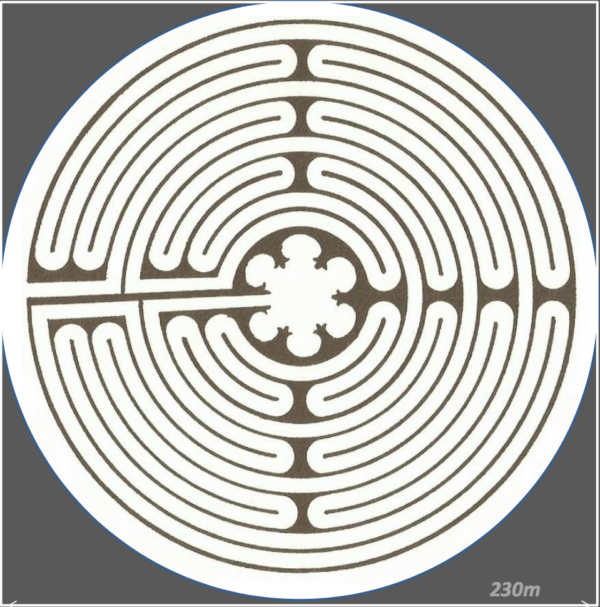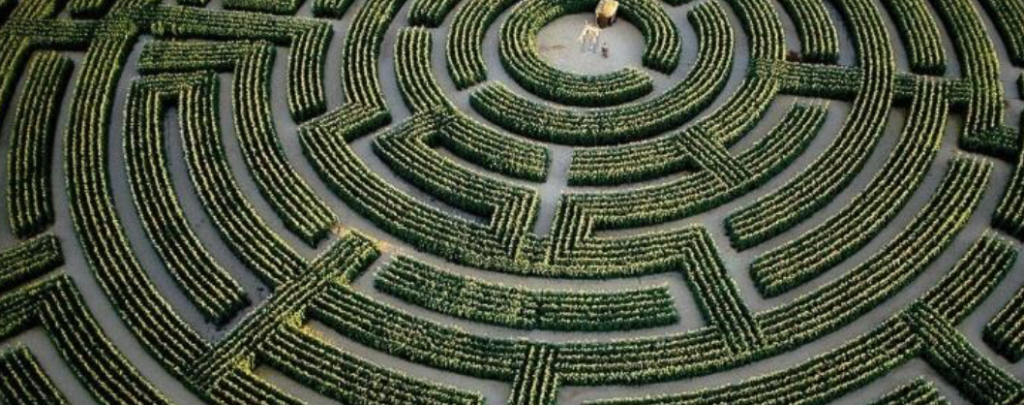South Africa’s largest labyrinth made entirely of the wonder plant spekboom needs your help. The Great Labyrinth of Africa, which plans to be the biggest of its kind on the continent, will be comprised of 13 circuits.
According to the Great Labyrinth’s Director Peter Shrimpton, the spekboom plants which were being grown for the circuits are now ready to be planted and anyone who wants to be involved in planting the labyrinth is encouraged to volunteer. The labyrinth will be planted in Stellenbosch.
“We have relocated 164 000 trees onsite and it is half levelled. Construction begins again on January 15. The site will be levelled by 20 January,” Shrimpton said. ” Layout will begin in February, and we should start planting trees towards end February, once the layout is complete.”
The labyrinth will have the same dimensions as the Pyramids of Giza in Egypt – so will measure 230m by 230m – and offer those who wish to leave their mark the opportunity to purchase naming rights for several metres of hedging as well.

The idea of creating a labyrinth came along when Shrimpton made the connection between spekboom trees and the reduction of carbon dioxide. “If we don’t regress carbon emissions by 2025, we’ll go past the tipping point and all of humanity will face extinction,” he said.
The spekboom is a native succulent tree found in South Africa, and can grow as tall as five metres high. The lifespan of a spekboom can reach up to 200 years, and are known for their hardiness and resilience – these trees have been known to survive drought, frost and fire. They are a popular choice because they are also very easy to grow, and can be propagated from a simple clipping.
It has been proven that a spekboom thicket is ten times more effective than the Amazon rainforest at removing carbon dioxide from the atmosphere. One hectare of spekboom is able to sequester between four and ten tonnes of carbon per year.
For more information, click here.
Picture: Supplied

